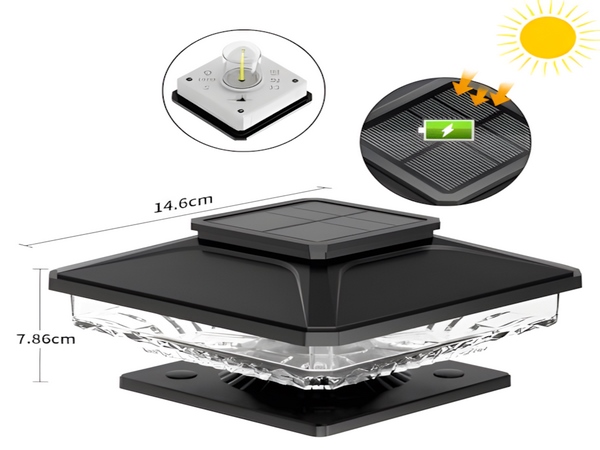

To prevent rainwater ingress: The outer casing of the battery must be adequately sealed to prevent rainwater from entering. Stability during charging and discharging is crucial; there should be no occurrence of excessively high or low voltage during these processes. Temperature control is important as every object has its suitable temperature range, which should not be too high or too low. Monitoring temperature is necessary. Controlling charging and discharging requires technical measures since the number of charge-discharge cycles for a battery is limited, and we need to reduce these cycles as much as possible.
To prevent overcharging: The lifespan and performance of solar street light batteries are closely related to the heat accumulation generated inside the battery. The main heat source inside the battery comes from power loss during internal electrochemical reactions, which can be simplified as the product of charging voltage and charging current. In the oxygen recombination reaction, float charging current increases, producing more heat. During constant voltage charging, float charging current increases with temperature, further raising the temperature. Thermal runaway is a phenomenon caused by the structural design of valve-regulated lead-acid batteries, often leading to severe hazards such as water loss and bulging cases, potentially rendering the battery inoperable. To avoid overcharging, it is essential to strictly follow the charging voltage values provided in the manufacturer’s manual. Today’s combination power systems can be set and intelligently managed; it is crucial to ensure correct settings, with unauthorized personnel not allowed to make arbitrary changes.
To prevent undercharging: In contrast to overcharging, undercharging is primarily caused by charging voltage settings being too low or excessively low, or there may be issues with the rack system.

Timely replacement of faulty batteries: Due to differences in manufacturing processes, individual cells may gradually fall behind under prolonged float charging. The monitoring unit includes a feature to regularly perform balanced charging on the battery pack to activate any lagging cells. However, if a cell consistently lags, it may eventually become a faulty battery. We can determine if a battery has reached a critical failure using various methods, such as conducting individual capacity tests or online resistance tests. Prompt replacement of faulty batteries is crucial for the availability and overall lifespan of the solar street light battery pack.
To learn more about solar street lights or to purchase solar street lights, please contact our customer service.



